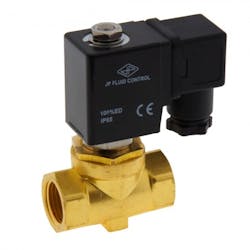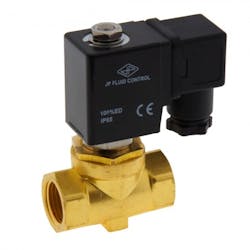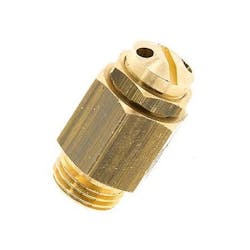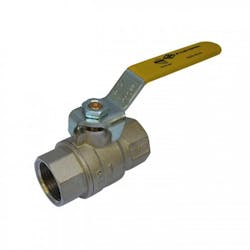REFRIGERATION SERVICE TODAY: The Importance of Quality Valves to Commercial Refrigeration
Whether it's air conditioning systems, refrigeration applications in supermarkets, or large cooling or freezing plants, commercial refrigeration valves play a huge role in ensuring the heating, cooling, and freezing processes run smoothly.
Besides handling large temperature variations, these valves also need to deal with large pressure differences, and corrosive, hazardous, and often dangerous refrigerant gases including propane, ammonia, hydrofluorocarbons, and in some cases the highly ozone-depleting, and now banned CFC's and HCFCs.
What are commercial refrigeration systems?
Commercial refrigeration is the use of cold storage equipment in commercial spaces. These include the reach-in freezers and refrigerators that can be found in supermarkets, food stores, grocery markets, and convenience stores. A walk-in refrigerator and freezer in a restaurant or cafeteria are also considered commercial refrigeration equipment.
In industrial settings, refrigeration units can be used during the production of plastic or metal, or to help with the fermentation process of beverages.
Environmental testing of parts and components can also be performed using industrial refrigeration. In some cases, refrigeration systems can create extremely cold environments to test whether or not parts will fail or have shortened life cycles. To make all this work efficiently a wide range of valves is implemented throughout the industry.
What are commercial refrigeration valves?
Within refrigeration systems, there is a huge variety of valves used for all parts of the system. These valves all fulfill different duties within refrigeration systems. Some supply refrigerant to the system, some play a part in cooling of the system, some work to avoid contamination. These include:
Solenoid Valves: Solenoid valves are widely used in refrigeration to control the amount of flow of media in the systems. The liquid line in almost every dry-expansion refrigeration system over a certain capacity isFor refrigeration systems, the choice for a solenoid valve depends on system capacity, refrigerant, type of fluid, temperature, and pressures where normally the choice would be made based on Cv values and line size. Solenoid valves can be a complex subject matter, read this article to understand solenoid valves better.
Thermal expansion valves: The volume of refrigerant released into an evaporator is controlled by a thermal expansion valve. Its purpose is to maintain a constant temperature of the refrigerant that flows out of the evaporator. Even though an expansion valve is often described as a thermostatic valve, it cannot precisely control the evaporator's temperature. The temperature of the evaporator will only vary with evaporating pressure.
Electric regulator valves: Electric regulator valves are stepper motor actuated valves used primarily forSafety relief valves: Safety relief valves play a crucial role in refrigeration systems. They are used to protect refrigeration systems from overpressure. For each pressure vessel of a refrigeration system that can be isolated by a valve, safety relief valves should be used.
Discharge Bypass Valves: For use in direct expansion refrigeration, air conditioning, and chiller systems. Based on the refrigerant pressure, the discharge bypass valve regulates the dryer exchanger's cooling temperature. A direct correlation exists between the pressure measured after the heat exchanger and theBall valves: Ball valves are used primarily for shut-off. They ensure that refrigerant flow in either flow direction, even during system evacuation, is closed off entirely. These valves offer a reliable and relatively inexpensive way to close off a refrigeration system.
The above selection of valves are the most commonly used valves in refrigeration systems. As we've seen above, these systems use a wide variety of valves, whether that is for media flow, safety, cooling, shut-off, or heating.




